
File Size: 2.22 MB
This document provides results of a 2019 national consumer survey of seafood preferences carried out by Illinois-Indiana Sea Grant, Purdue University, Michigan State University, and Southern Illinois University.

This document provides results of a 2019 national consumer survey of seafood preferences carried out by Illinois-Indiana Sea Grant, Purdue University, Michigan State University, and Southern Illinois University.
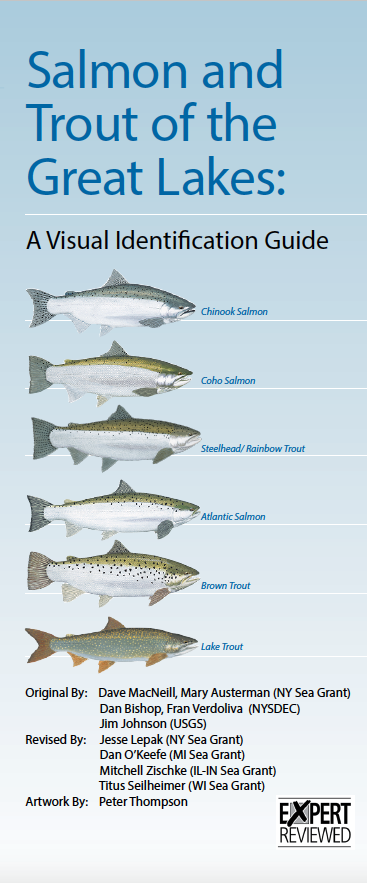
The Great Lakes are home to eight species of salmon and trout. These species can be difficult to distinguish from each other as they overlap in their distributions and change appearance depending on their habitat and the time of year. This illustrated, peer-reviewed, two-page guide, courtesy of the Great Lakes Sea Grant Network, shows important body features and helpful tips to identify and distinguish between salmon and trout species in the Great Lakes.
This document is available through the Purdue University Extension Education Store at https://edustore.purdue.edu/FNR-579-W.html
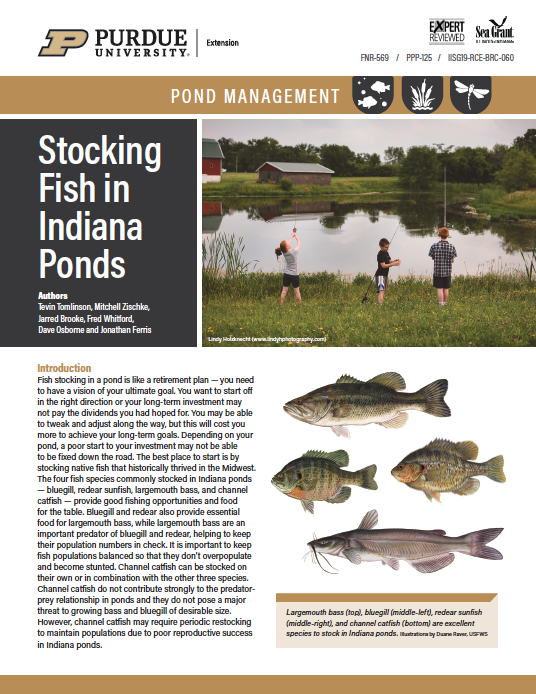
An extension factsheet to inform Indiana landowners on the best practices for stocking fish into ponds.
This document is also referred to as FNR-569 and PPP-125, and is available at https://mdc.itap.purdue.edu/item.asp?Item_Number=FNR-569.

This story map relays key findings from the 2015 Lake Michigan field year of the Cooperative Science and Monitoring Initiative. This digital, multi-media outreach tool is intended to convey research results to broad audiences including anglers, boaters, conservation groups, and other Lake Michigan stakeholders.
For more detailed information, visit Lake Michigan Health: A Deeper Dive
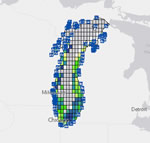
This website provides anglers on Lake Michigan with information about catch rates of rainbow trout, lake trout, Chinook salmon, brown trout, and Coho salmon over the past two decades.
For more detailed information, visit Lake Michigan Fish Atlas

The use of live crayfish in classrooms has been identified as a pathway for the introduction of invasive crayfish into our local waterways. To address this issue, the Investigating Crayfish and Freshwater Ecosystems curriculum was developed to teach students about Great Lakes ecosystems, the significance of native crayfish, and the ecological threats posed by invasive crayfish. It contains nine lesson plans aligned to Next Generation Science Standards, Common Core State Standards, and Center for Great Lakes Literacy Principles. The curriculum is best suited for students in grades 6-12 but offers numerous adaptations/extensions to meet the divergent needs of students in grades 2–5.
This document is available on the Invasive Crayfish Collaborative website: https://invasivecrayfish.org/crayfish-curriculum/
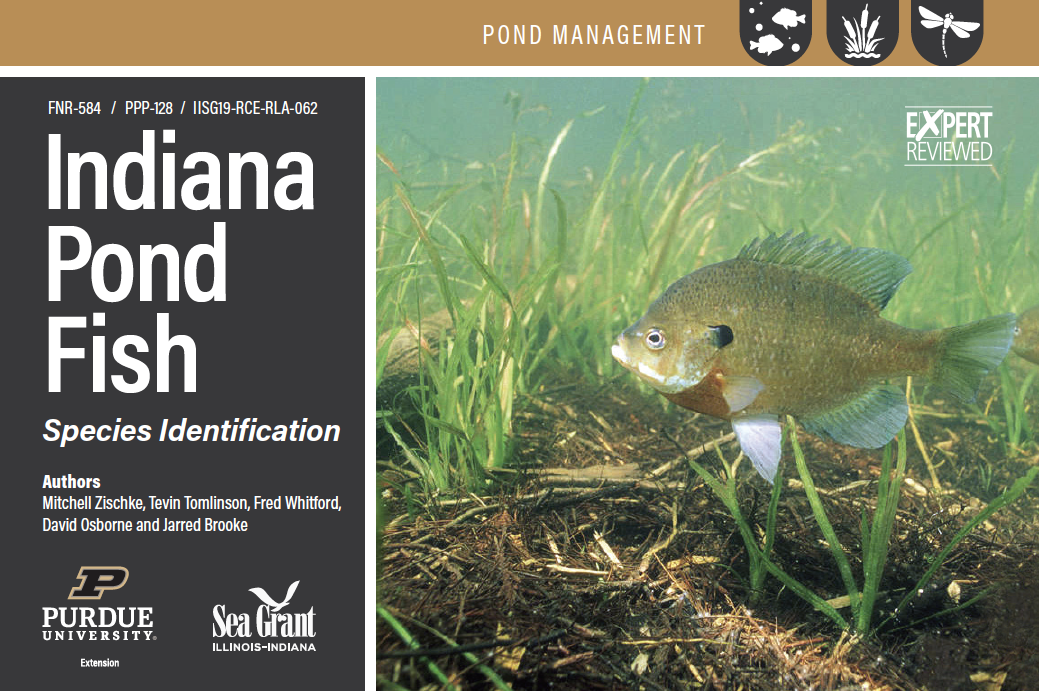
This guide identifies commonly stocked fish and problem fish that may be encountered in Indiana ponds. It includes full-color pictures and information about sunfishes, other panfish, sport fish, catfishes and bullheads, carp, suckers and buffalo, and minnows and shiners.
For more information, visit https://mdc.itap.purdue.edu/item.asp?Item_Number=FNR-584
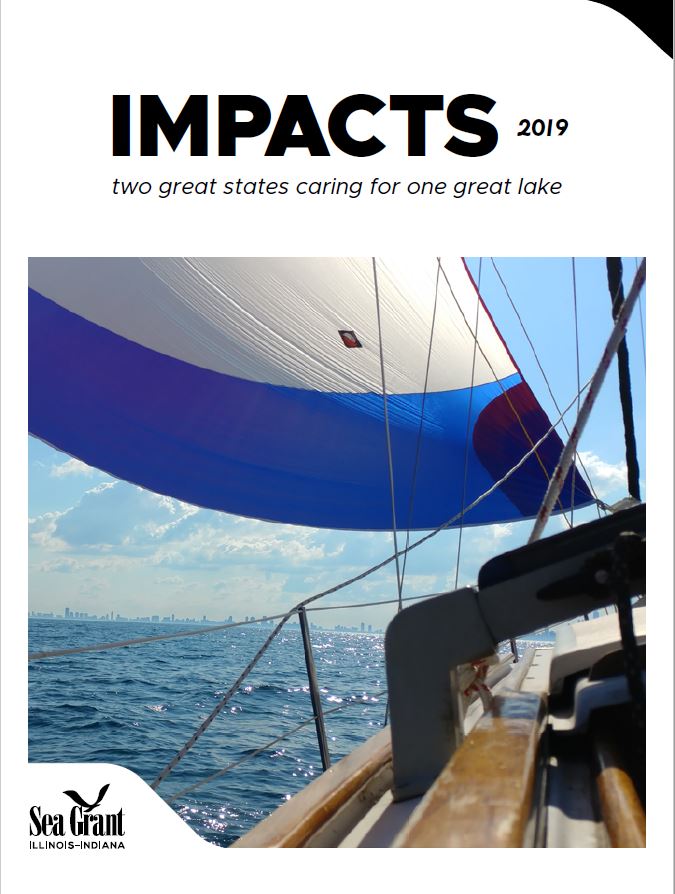
This publication brings together program impacts from the 2018-2019 Sea Grant year.
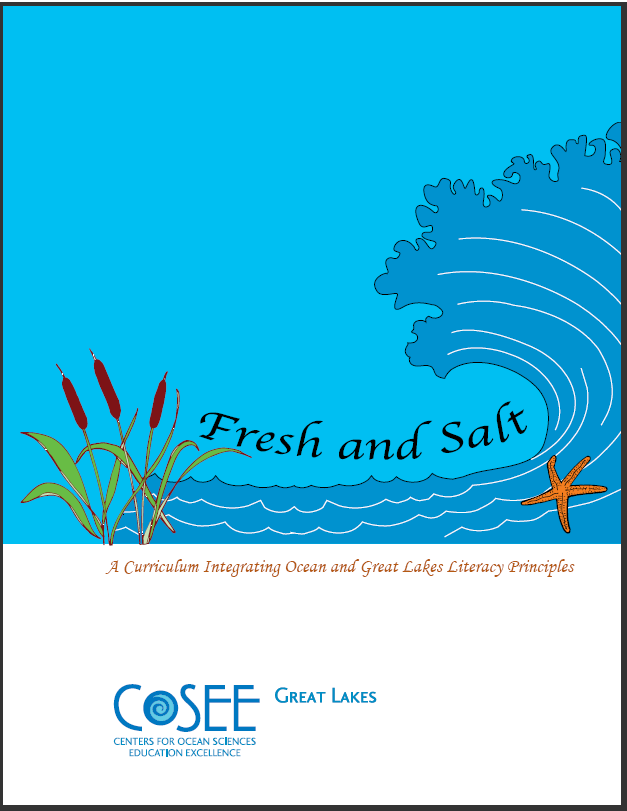
A collection of activities connecting Great Lakes and ocean science topics to enhance teacher capabilities for accessing science information that is vital to maintaining the environmental health and economic benefits of our nation’s freshwater and marine systems.